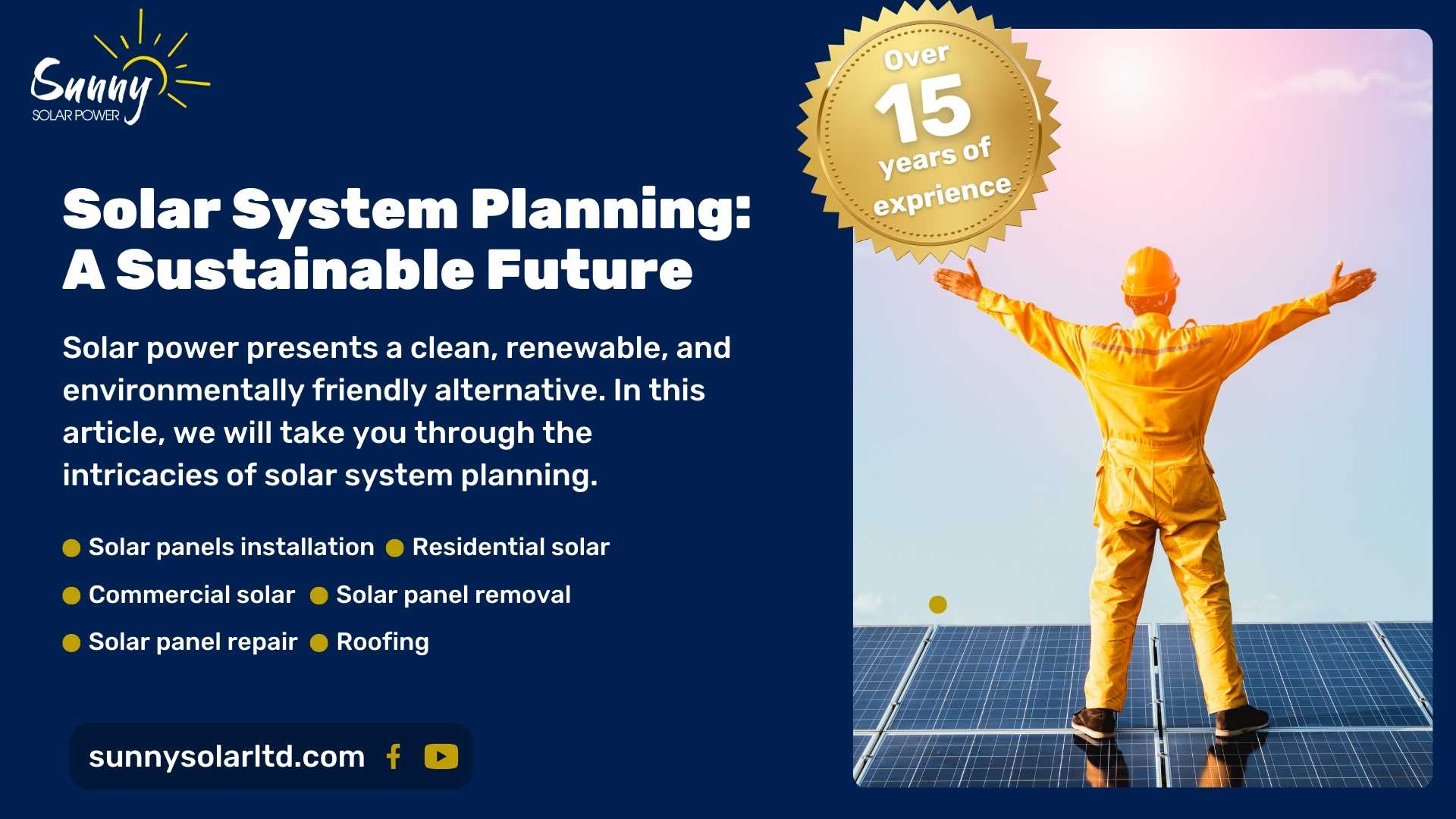Solar power presents a clean, renewable, and environmentally friendly alternative. In this article, we will take you through the intricacies of solar system planning, helping you make informed decisions to harness the power of the sun effectively.
Understanding Solar Energy Systems
A solar energy system comprises several key components that work in harmony to generate electricity from sunlight. Understanding these components is essential before delving into the planning process.
Solar panels, also known as photovoltaic panels, are the backbone of a solar energy system. They capture sunlight and convert it into electricity through the photovoltaic effect. Solar panels come in different technologies like monocrystalline, polycrystalline and thin film, each with their own advantages and disadvantages. Factors like efficiency, space constraints, and budget should be considered when selecting solar panels.
Inverters play a crucial role in converting the direct current (DC) electricity generated by solar panels into the alternating current (AC) electricity used in your home or business. Inverters must be properly sized according to your solar system capacity to function optimally. Batteries can be integrated into your solar system to store excess electricity generated during the day for use at night or during cloudy periods.
Lithium-ion batteries are a popular choice given their high energy density, low maintenance and long lifespan compared to lead-acid batteries.
The solar system can be connected to the electrical grid, which enables you to sell surplus electricity back to the utility company and offer grid services. This provides both personal financial benefits and also supports grid stability.
Assessing Your Energy Needs
Before you embark on your solar system planning journey, it is imperative to thoroughly understand your current and future energy needs. This assessment will guide you in determining the right system size and components.
Start by analyzing your electricity bills over the past year to gain insights into your home or business’ average monthly and annual energy consumption. Consider your location and the solar resource availability based on factors like latitude, typical weather patterns and shading from buildings/trees. Installations in very hot or very cold climates will have higher electricity usage. If you plan to expand your household, purchase electric vehicles, or grow your business, your energy demands are likely to increase substantially over time.
Having a detailed projection of your future energy needs will allow proper solar system sizing. Surveying your roof’s area, layout, direction and shading is also important for accommodating sufficient solar panels.

Choosing the Right Solar Panels
The choice of solar panels is pivotal to the success of your solar energy system. Efficiency is a key parameter, as higher efficiency solar panels generate more electricity from the same surface area. This makes them an excellent choice when space for installing panels is limited.
Durability is also critical, as solar panels need to withstand harsh weather conditions for decades. Panels made with robust, weatherproof materials and protective glass deliver superior longevity. When reviewing warranties, panels with 25-year power output guarantees provide peace of mind on the investment.
Other factors to evaluate include temperature coefficients, degradation rates, and manufacturing quality standards before selecting the right solar panels.
Inverter Selection
Inverters are vital for transforming the direct current electricity from solar panels into the alternating current used in buildings. String inverters are a cost-effective choice for small to medium home solar systems up to 10 kW, given their simple design and installation. For larger commercial systems, three-phase inverters must be used to match electric grid compatibility. Microinverters offer panel-level performance monitoring and control, improving efficiency and shade tolerance. Integrated microinverters are embedded within each panel.
Power optimizers provide panel-level optimization benefits without the cost and complexity of microinverters. When selecting inverters, factors like safety certifications, warranty coverage, and monitoring capabilities should be evaluated.
Battery Integration
Adding batteries to your solar energy system enables power supply continuity when the sun is not shining. Lithium-ion batteries offer high energy density, long 10+ year lifespan, low maintenance requirements and advanced battery management systems. Lead-acid batteries are a more affordable option but require more frequent replacement. When it comes to battery capacity, it must be adequate to meet your critical loads during grid outages or periods of low solar generation.
Battery integration requires advanced system design expertise and should be installed by qualified professionals. The inverter, battery management system and battery capacity must be properly matched.
Financial Considerations
Investing in a solar energy system requires thorough financial analysis before moving forward. Many state and federal governments offer generous solar incentives and rebates, which can cover 25-30% of the system cost. These include investment tax credits, accelerated depreciation, renewable energy credits and net metering programs.
Financing options like solar loans and leasing spread the cost over 15-20 years, reducing the upfront investment. The long-term electricity bill savings and zero fuel costs provide an excellent return on investment over the system lifetime. Quality installation and maintenance are also critical for achieving the projected ROI.
Installation and Maintenance
The solar system installation process requires careful planning, attention to safety protocols and compliance with electrical codes and standards. Panels must be optimally oriented and free from shading.
All components should be mounted securely on code-compliant racking. Professional installation ensures efficient system performance for the 20-30 year lifespan. Once operational, systems should be periodically inspected to identify faults early. Solar panel cleaning, inverter servicing and vegetation management will help avoid production losses.
Conclusion
In summary, meticulous solar system planning considering your energy usage, location, components, costs and installation will enable you to successfully transition to solar power. With pollution-free electricity, independence from fossil fuels and long-term financial benefits, solar energy is an ideal sustainable energy solution.

